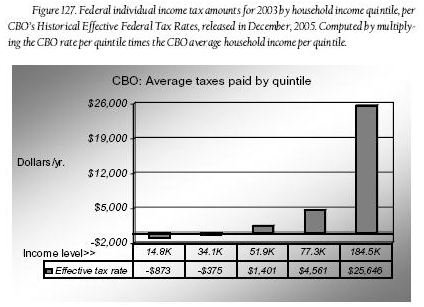List of Self-Employed Tax Deductions You May Be Able to Take, Irs Forms to Fill Out, & More
Overview
If you are a self-employed professional, tax deduction forms an integral part of your professional life. Self-employment income takes into account the following: guaranteed compensation from partnership, net profit you get from Schedule C or Schedule F and also the wages that you are paid out from an S-Corporation. Besides the regular payment of income taxes, self-employed professionals are also subject to self-employment tax, their equivalent to payroll taxes. Self-employment tax, 15.3% total, breaks down to 12.4% towards Social Security and 2.9% towards Medicare. Since these taxes are usually split between the person and their employer, the self-employment tax often comes as a shock to small business owners who aren’t prepared for its bite.
Common Self Employed Deductions
It is very important for sole proprietors to understand what the kinds of deductions they need to pay as the self employment tax is levied on top of regular income tax. Some of the most common types of self-employed tax deductions include:
- advertising
- automobile expenses
- contract labor
- commissions paid
- home office deduction
- legal and accounting fees
- continuing education
- delivery and postage
- furniture and equipment
- inventory
- office supplies
However, this is a not a comprehensive list of deductions. Being a self-employed professional, you must always be aware of the ever-changing tax patterns. The best thing is to hire an income tax professional as he or she will be the best person to guide you through the process. Hiring a tax professional also ensures that you do not miss any credit or deduction that you are entitled to.
Limitations
As a self-employed professional the tax deductions that you make should be one half of the amount of your self-employment tax.
Claim Deductions
(Why not provide links to these IRS forms–first search for them on Bright Hub and if not available–go to the IRS and search for the form or publication name) The report of half of the amount of your self-employment tax appears on Line 27 of Form 1040. Also, this line amount should be half of the self-employment tax amount which becomes visible on Line 58 of Form 1040 as well as on Schedule SE.
Where to find
You can find all the information related to self-employment tax in Internal Revenue Code Section 1042. Again (can you link the reader to IRC section 164(f)? the deduction of half of the self-employment tax is found in IRC Section 164(f).
How to pay
A social security number, popularly known as SSN or a taxpayer identification number (TIN) is a must when you need to pay self employment tax. First of all, you require obtaining an TIN or SSN and then using estimated make your self-employment tax payment. If you don’t have a SSN number yet, apply for it immediately making use of Form SS-5. (what about a link to Form SS-5?)
Final Comments: Essential Tips
- It is very important to maintain good records of your income and also save all receipts to support the deductions.
- Set up a retirement plan for filing proper tax deductions and saving (do you mean saving or savings?) amount for the rest of your retirement life.
- It is very important to get help from the right person - this last part is not great grammar- who has already has its share of self-employment tax payment.
Visit the IRS Website for more information.
Image Credit: Wikimedia Commons
